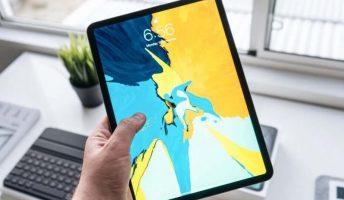
Best Business Tablet for 2023
Can a tablet replace your business laptop? Sure it can! But before you throw your trusted laptop in the trash, take a look.

Can a tablet replace your business laptop? Sure it can! But before you throw your trusted laptop in the trash, take a look.

Apple's iPad and iPad Mini are both excellent devices which will offer years of smooth use — but which is right for you?

There are three distinct iPad's in Apple's tablet range, each designed with a particular user in mind.

In this guide, we help you make the important decision between a Chromebook, Windows laptop or Apple MacBook.

After an iPad, but not sure which model should you buy – the 10th Gen iPad or the 7th Gen iPad Pro? We weigh up the options.

If you're looking to pick up a new iPad, there's a good chance you'll be able to find one that fits your exact needs.

The Apple iPad 10.9 and iPad Air are both excellent tablets, with hundreds of millions sold to date.

In the market for a new laptop? Check out our expert guide to the top brands of 2023 — like Apple, Dell and HP.

You’ve got your tablet shortlist down to choosing between an iPad or a Fire tablet. We help you decide which is best for you.

A new computer doesn't need to mean a laptop - a Chromebook or tablet could also fit the bill.

We rank the best phone brands including Samsung, Apple, Google, and maybe some unexpected names as well.

Confused about how much RAM you need, or whether to get an i3 or i7 processor? We explain.